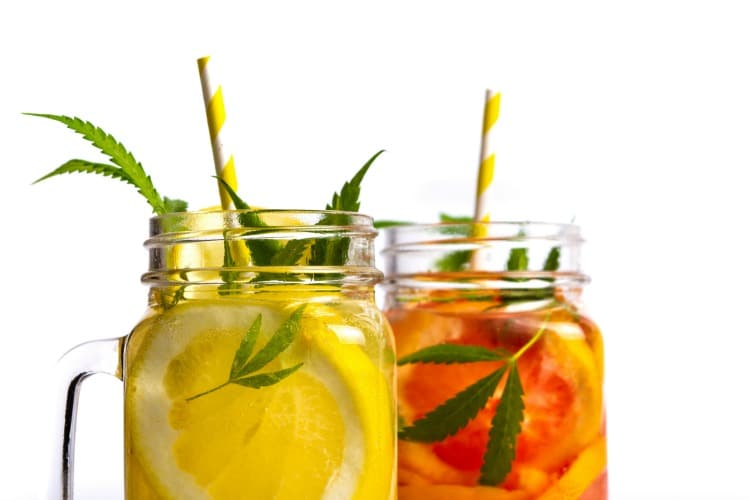Dosing Edibles: How Much is Enough? Our Tips to Stay Safe and Happy
It’s a thrilling time to be involved in the cannabis industry. So many new products, trends, and research arrive seemingly every day. If you’re a regular visitor to our dispensaries, you’re probably already aware that cannabis-infused foods and beverages are among the hottest and fastest-growing sectors of the cannabis world. From CBD-infused coffees to refreshing apple ciders to irresistible chocolates, caramels and more, there’s an incredible array of products to sample.
But with all this yumminess around, it raises a very important question: When dosing edibles, how much is enough?
We all know the phrase “too much of a good thing,” and it has never been more appropriate than when we discuss the effects of cannabis edibles. Because the cannabis in edibles takes much longer to take effect—and then that effect tends to increase over time—it’s important to be aware of your tolerances and exercise real care when dosing edibles. Let’s look at a few of the reasons why, and then share some guidelines to help you get to maximum benefit (and the minimum heartache) from cannabis-infused edibles.
Dosing Edibles: A Different Way to Ingest Cannabis
Unlike smoking, vaping, or even taking tinctures, the way the body accesses the cannabis in edibles is different than all the others. For a host of reasons, when we eat or drink cannabis, our bodies formulate a compound called 11-hydroxy-THC.
As you might guess, the fact that it has “THC” in the name is a hint to its potency. The upshot is that we’ll tend to feel much higher than we would if we had smoked or vaped the same amount of cannabis.
Another factor to consider is the time-delay effect. Edibles typically take a long time to take effect; at the very least 20 minutes, but sometimes up to 3 hours depending on your physiology, what you’d eaten previously, and other factors. It’s not uncommon for folks who aren’t aware of this to ingest an edible, decide it’s “not working” after five or ten minutes, and then consume more…and more…and more. The results, as you might guess, are not pretty.
Dosing Edibles: How Much Is Enough?
So, knowing that edibles have a stronger effect than other forms of cannabis—and that they take much longer to come on—what are some best practices to ensure you get the effects you desire?
To help you make informed decisions, edibles are marked or measured in convenient and easy-to-understand servings: Ounces from a bottle of cooling mint tea, for instance, or squares from a luscious bar of chocolate. Each serving will contain a precisely measured dose of THC—the only psychoactive cannabinoid, as you’re aware—measured in milligrams (mg).
How much THC is right for you? Again, that will depend on many factors. But we always return to the phrase “start low and go slow.” Start with the lowest measured dose. Wait at least an hour—preferably two—and then assess. You can always take another dose, or if you’re impatient, a hit from a vape pen.
But again, remember that edibles have powerful and long-lasting effects. We want to make sure you enjoy their benefits—and discreet convenience!—while making sure you don’t go overboard!
Looking for high-quality cannabis edibles in Washington? Check out our Tacoma dispensary online menu or our Bremerton dispensary online menu to see what types of deliciousness we have in stock!


